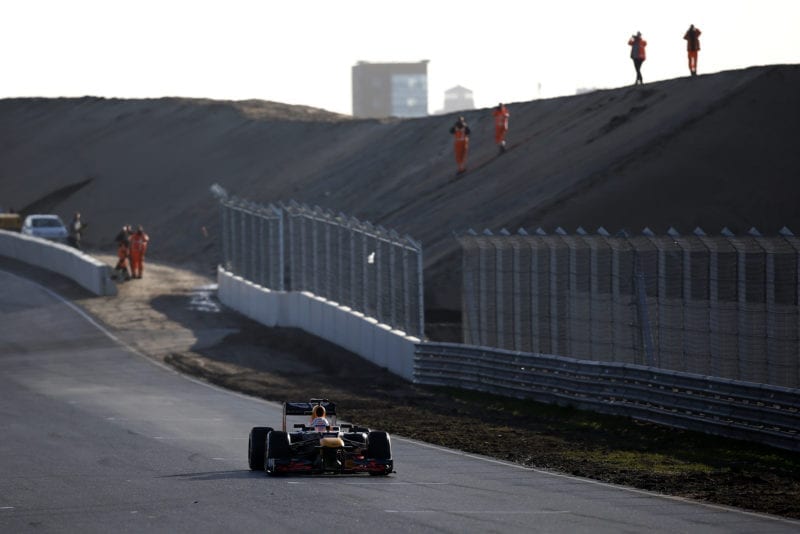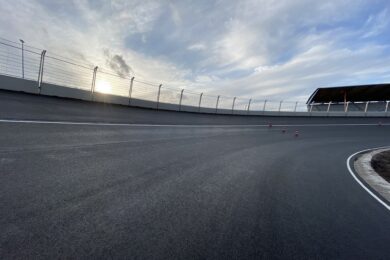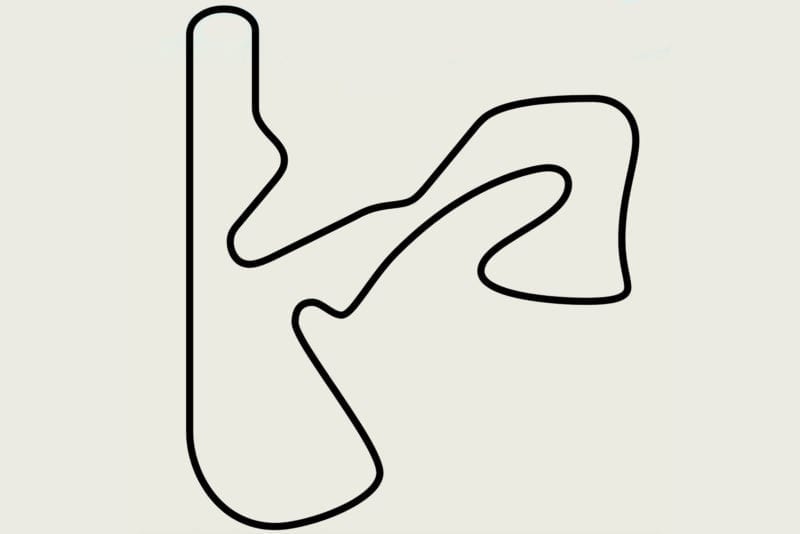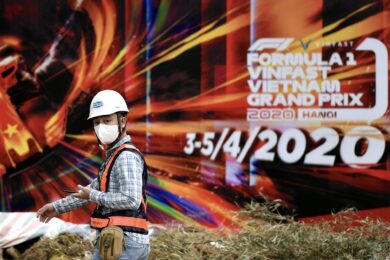“So the fact is that the aerodynamic package will be very important because it’s not variable, you need to take a compromise between being fast on the bankings, on the last banking, or being fast on the banking Number Three, or being fast in Turn Seven.
“For the mechanics and the engineers the challenge will be huge because this will be the track which will have the most loads on the tyres, of course, of all the F1 calendar, because of the bankings.
“We expect a lot of bottoming down, depending on the line they’re getting, a bit through the bumps that of course there are, it’s not always possible to build perfectly an inclination like that. We’ll see a lot of sparks, especially on Turn 14.”
Zandvoort’s unique design came about from a conversation in 2018, the circuit’s technical director, Nick Oude Luttikhuis and the late Charlie Whiting, F1’s race director, over how to improve the track for the return of F1, 35 years since the previous race.
One requirement was to the final straight longer to improve overtaking opportunities. But the protected sand dunes that surround the track meant that laying a longer stretch of asphalt was not an option.
“They did a lot of brainstorming to change the area between the last corner, they were thinking of adding chicanes or something similar and [then] they decided this was not desirable for Zandvoort,” said Zaffelli.
“So Nick suggested ‘Why are we not considering banking?’, possibly beyond the FIA guidelines [for] the maximum levels of lateral inclination, because Zandvoort is a really good track for doing so.




